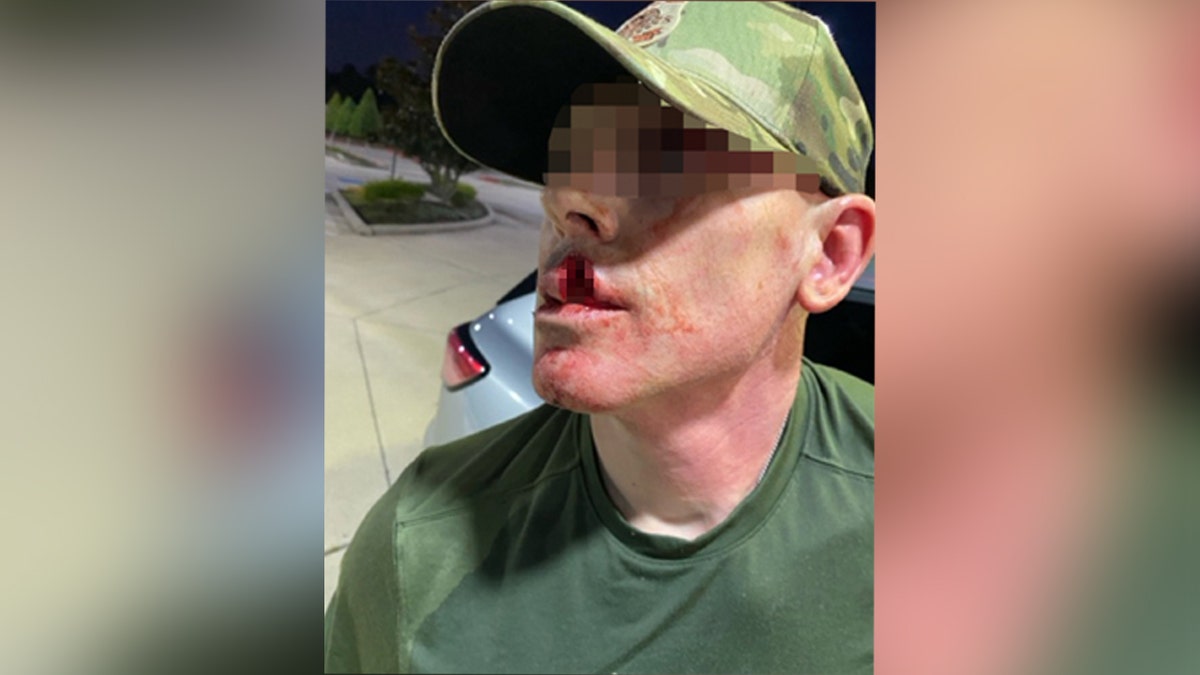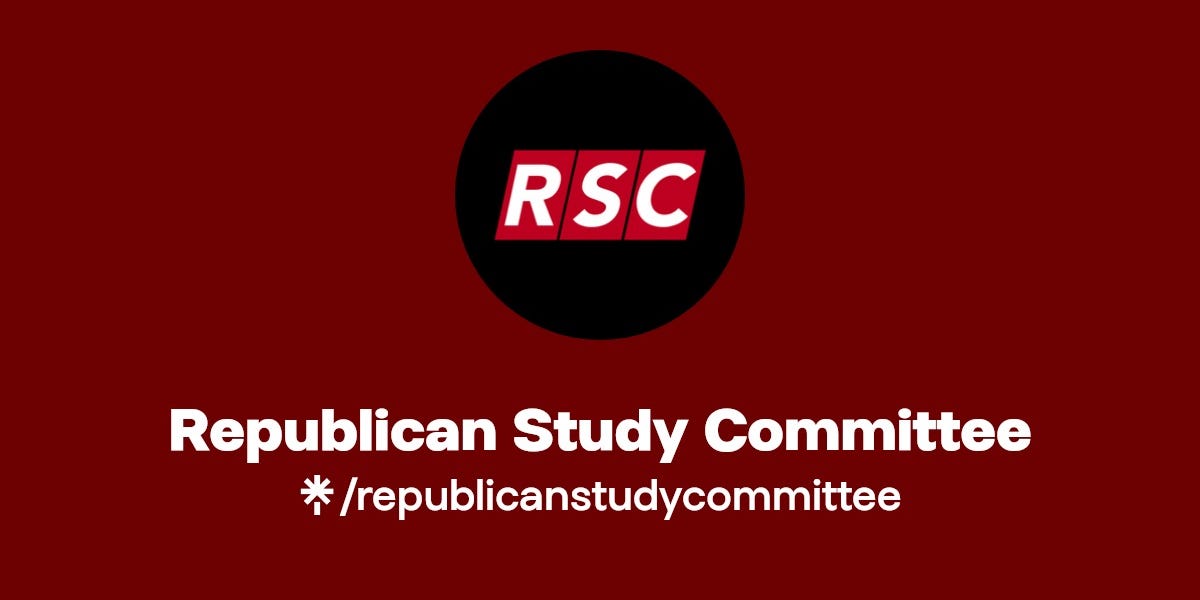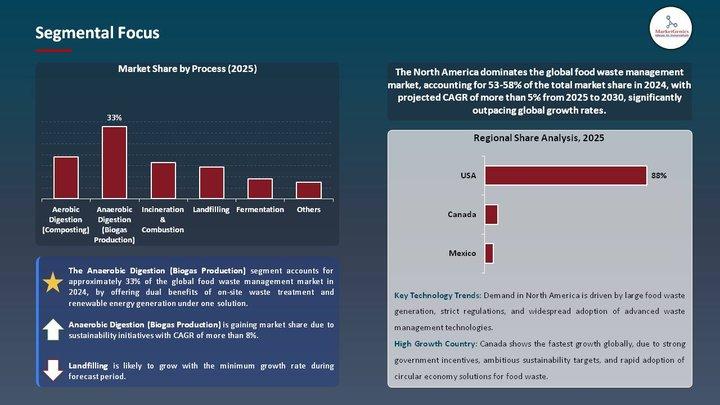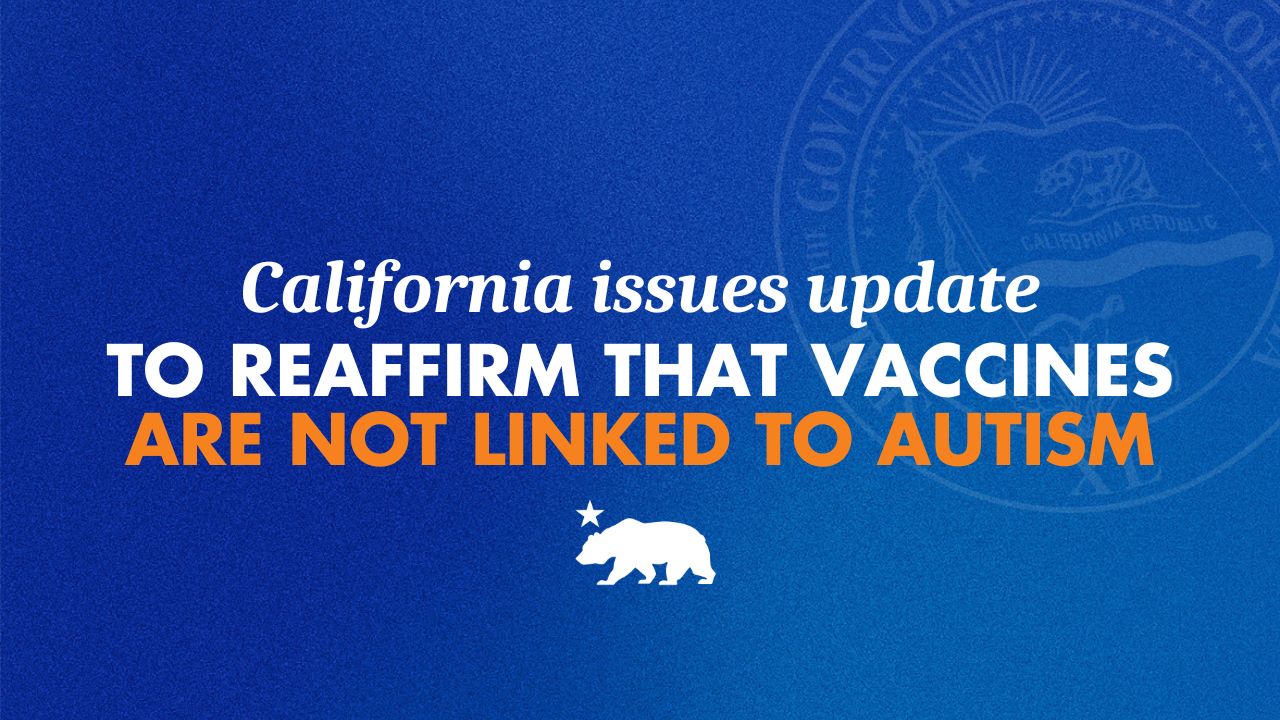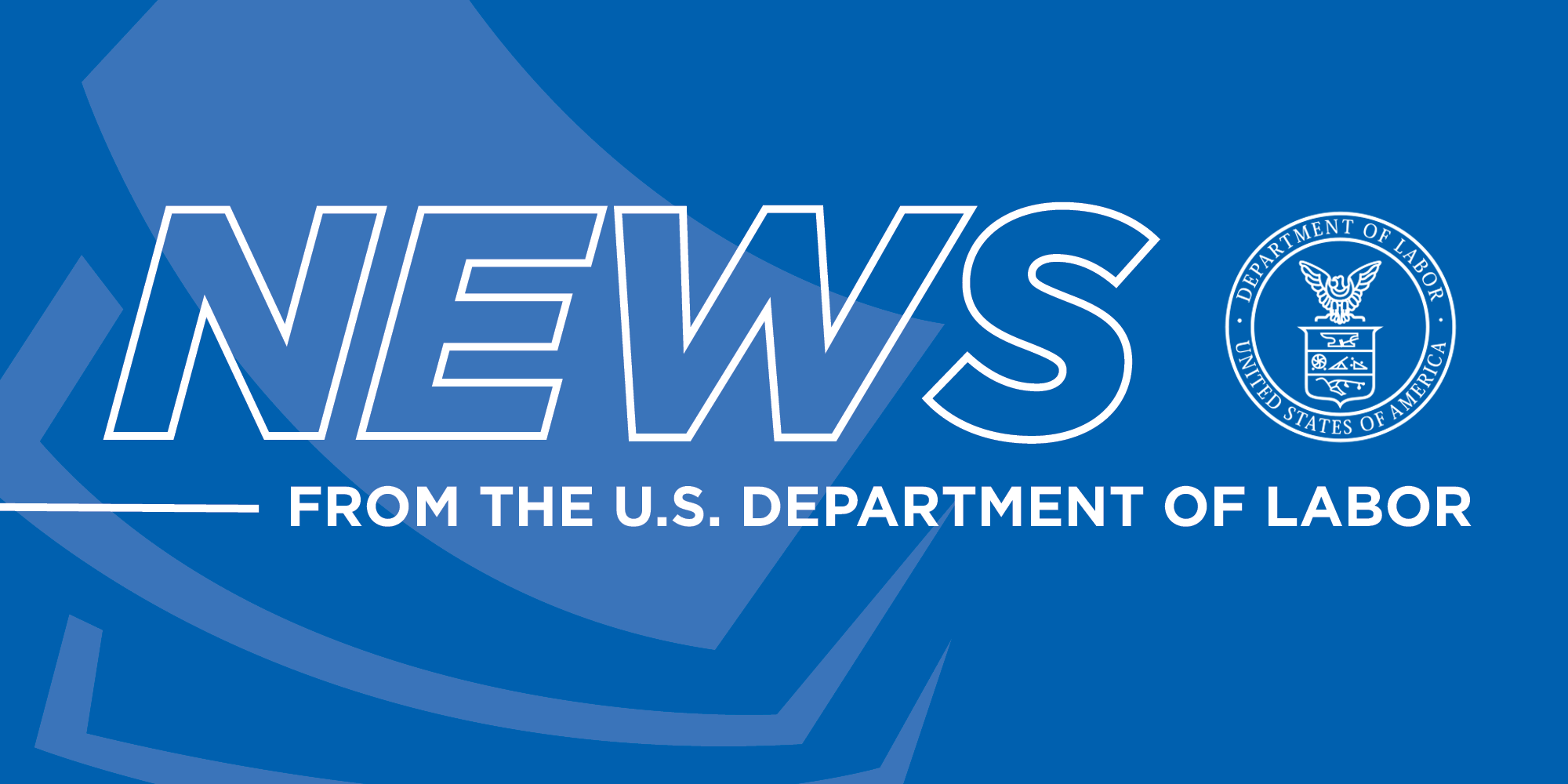Gov. Shapiro signs Crown Act into law, banning hair discrimination in Pennsylvania – WGAL

Pennsylvania Enacts CROWN Act, Advancing Sustainable Development Goals
Executive Summary
On Tuesday, Governor Josh Shapiro signed the Creating a Respectful Open World for Natural Hair (CROWN) Act into law, positioning Pennsylvania as the 28th state to enact such legislation. This measure legally prohibits discrimination based on hair texture and protective hairstyles in educational and professional settings. The law directly supports the achievement of several United Nations Sustainable Development Goals (SDGs), particularly those focused on reducing inequality, promoting decent work, ensuring quality education, and fostering gender equality.
Legislative Background and Key Stakeholders
The signing ceremony was held at the Island Design Natural Hair Studio in Philadelphia. The initiative was championed by a coalition of legislative leaders and community advocates. Key participants included:
- Governor Josh Shapiro
- Dr. Adjoa Asamoah, CROWN Act Champion
- Speaker Joanna McClinton, Pennsylvania’s 191st House District
- Representative LaTasha Mayes, Pennsylvania’s 24th House District
- Lorraine Ruley, Owner, Island Design Natural Hair Studio
- Representatives from the Pennsylvania Human Relations Commission
The bill, introduced by Rep. Mayes and Speaker McClinton, passed the state Senate with a decisive 44-3 vote, marking the culmination of efforts that began in 2019.
Alignment with SDG 10: Reduced Inequalities
The CROWN Act is a significant legislative step toward fulfilling SDG 10, which aims to reduce inequality within and among countries. By codifying protections against discrimination based on hairstyles such as braids, locs, and twists, the law directly addresses a systemic barrier that disproportionately affects racial and ethnic minorities.
- Target 10.2: Promote Universal Inclusion: The law promotes the social and economic inclusion of all individuals, irrespective of race or ethnicity, by dismantling discriminatory standards of “professionalism.” Speaker McClinton noted the need to redefine professional style, stating, “When you think about the minorities, African Americans and Latinos? We are making decisions based off what the perception may be by someone else.”
- Target 10.3: Ensure Equal Opportunity: The legislation works to ensure equal opportunity and reduce inequalities of outcome by eliminating a discriminatory practice that has historically limited career and educational prospects.
Contributions to SDG 8: Decent Work and Economic Growth
The act’s prohibition of hair discrimination in the workplace is a direct contribution to SDG 8, which promotes inclusive and sustainable economic growth, full and productive employment, and decent work for all.
- Target 8.5: Full and Productive Employment and Decent Work: By preventing employers from denying opportunities based on natural hair, the law helps ensure that all individuals have access to full employment and decent work. Speaker McClinton highlighted the personal career decisions many have had to make “to make sure it doesn’t comprise a job opportunity… or that I won’t lose an opportunity to advance my career due to how my hair grows out of my head.”
- Target 8.8: Protect Labor Rights: The CROWN Act strengthens labor rights by establishing a secure and non-discriminatory working environment, allowing individuals to maintain their cultural identity without fear of professional reprisal. Barber Tyrik Jackson remarked that forcing individuals to change their hair for a job “takes away from who they are as individual and it puts us in a box.”
Broader Impacts on SDG 4 (Quality Education) and SDG 5 (Gender Equality)
The CROWN Act also reinforces other critical SDGs. By extending protections to schools, it supports SDG 4 (Quality Education) by fostering an inclusive learning environment where students are not penalized for their cultural expression. Furthermore, as hair discrimination disproportionately impacts Black women, the law is a vital tool for advancing SDG 5 (Gender Equality), specifically Target 5.1, which calls for an end to all forms of discrimination against all women and girls everywhere.
Analysis of SDGs, Targets, and Indicators
1. Which SDGs are addressed or connected to the issues highlighted in the article?
The article on the Crown Act in Pennsylvania connects to several Sustainable Development Goals (SDGs) that focus on equality, justice, and economic opportunity. The primary goal of the Act is to prohibit discrimination based on hair, which is intrinsically linked to racial and social equity.
- SDG 5: Gender Equality: The issue of hair discrimination disproportionately affects Black women, making this a gender equality issue. The article mentions Speaker Joanna McClinton’s personal experience of making hair choices to avoid compromising job opportunities, a pressure often faced by women of color in professional settings.
- SDG 8: Decent Work and Economic Growth: The Act explicitly bans discrimination in workplaces. The article highlights how individuals face “career limitations due to their hair choices” and may “lose an opportunity to advance my career.” By removing this barrier, the law promotes fair employment practices and decent work for all.
- SDG 10: Reduced Inequalities: This is the most central SDG addressed. The Crown Act directly aims to reduce inequality by making it illegal to discriminate against individuals based on hairstyles associated with their race and ethnicity, such as braids, locs, and twists. Speaker McClinton’s comments on how “minorities, African Americans and Latinos” make decisions based on others’ perceptions underscore the racial inequality the law seeks to correct.
- SDG 16: Peace, Justice, and Strong Institutions: The article is about the creation and signing of a law to protect human rights. The passage of the Crown Act by the state legislature and its signing by the governor is an example of a strong institution (the state government) taking action to create and enforce non-discriminatory laws, thereby promoting a more just and inclusive society.
2. What specific targets under those SDGs can be identified based on the article’s content?
Based on the issues discussed, several specific SDG targets can be identified:
- Target 5.1: End all forms of discrimination against all women and girls everywhere. The Crown Act is a legislative measure that contributes to this target by legally prohibiting a specific form of discrimination that often impacts women of color.
- Target 8.5: By 2030, achieve full and productive employment and decent work for all women and men… and equal pay for work of equal value. The article directly addresses this by discussing how the Act prevents people from losing job opportunities or chances for career advancement due to their hair. This ensures that employment is based on merit, not on discriminatory standards of “professional” appearance.
- Target 10.2: By 2030, empower and promote the social, economic and political inclusion of all, irrespective of… race, ethnicity… or other status. The law fosters economic inclusion by protecting individuals from discrimination in workplaces and schools, ensuring they can participate fully without having to conform to culturally biased norms.
- Target 10.3: Ensure equal opportunity and reduce inequalities of outcome, including by eliminating discriminatory laws, policies and practices and promoting appropriate legislation… The Crown Act is a perfect example of “promoting appropriate legislation” to eliminate a discriminatory practice.
- Target 16.b: Promote and enforce non-discriminatory laws and policies for sustainable development. The entire article is about the process of enacting and signing such a law, demonstrating a commitment to this target at the state level.
3. Are there any indicators mentioned or implied in the article that can be used to measure progress towards the identified targets?
The article implies several indicators that can be used to measure progress:
- Existence of non-discriminatory legislation: The primary indicator is the law itself. The signing of the Crown Act into law in Pennsylvania is a direct measure of progress for Targets 10.3 and 16.b. The article also mentions that Pennsylvania is the “28th state to ban discrimination based on hair,” which serves as a national-level indicator of the adoption of such policies.
- Enforcement and monitoring bodies: The article mentions the “Pennsylvania Human Relations Commission.” The existence and work of such a body are crucial for monitoring the law’s implementation. An implied indicator would be the number of discrimination cases related to hair filed with and resolved by this commission. A decrease in such cases over time could indicate the law’s effectiveness.
- Qualitative reports and personal testimonies: The statements from Speaker McClinton and barber shop owner Tyrik Jackson serve as qualitative indicators. They describe the psychological and professional burden of hair discrimination. Future testimonies about increased freedom and opportunity in workplaces and schools would be a powerful measure of the law’s impact on individual well-being and inclusion (Target 10.2).
SDGs, Targets, and Indicators Table
| SDGs | Targets | Indicators (Identified or Implied in the Article) |
|---|---|---|
| SDG 5: Gender Equality | 5.1: End all forms of discrimination against all women and girls everywhere. | The enactment of the Crown Act, which protects against a form of discrimination that disproportionately affects women of color. |
| SDG 8: Decent Work and Economic Growth | 8.5: Achieve full and productive employment and decent work for all women and men. | The legal prohibition of discrimination in workplaces, preventing loss of job opportunities or career advancement based on hairstyle. |
| SDG 10: Reduced Inequalities | 10.2: Empower and promote the social, economic, and political inclusion of all, irrespective of race, ethnicity, or other status.
10.3: Ensure equal opportunity and reduce inequalities of outcome, including by eliminating discriminatory laws and policies. |
The law’s aim to protect “minorities, African Americans and Latinos” from discrimination in schools and workplaces.
The passage of the Crown Act as a specific piece of legislation designed to eliminate a discriminatory practice. |
| SDG 16: Peace, Justice, and Strong Institutions | 16.b: Promote and enforce non-discriminatory laws and policies for sustainable development. | The action of the Pennsylvania state government (legislature and governor) in passing and signing the Crown Act into law. The mention of the Pennsylvania Human Relations Commission as an enforcement body. |
Source: wgal.com
What is Your Reaction?
 Like
0
Like
0
 Dislike
0
Dislike
0
 Love
0
Love
0
 Funny
0
Funny
0
 Angry
0
Angry
0
 Sad
0
Sad
0
 Wow
0
Wow
0


















